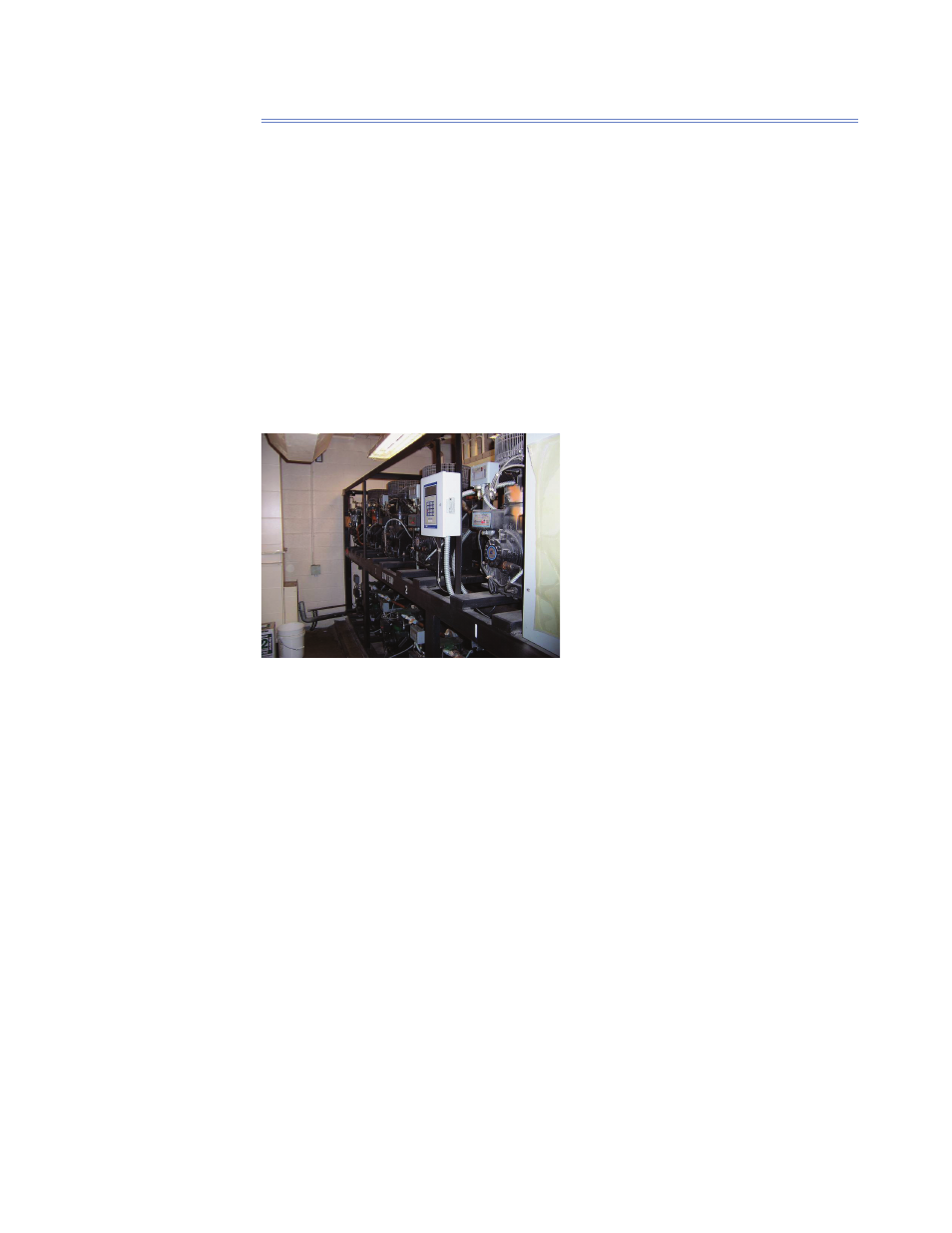Retrotec USACE User Manual
Page 168

D38 ENERGY & PROCESS ASSESSMENT PROTOCOL
D.2.4 Refrigeration
D.2.4.1 No Insulation on Cold Pipes Less Than 15.5 °C (60 °F)
(Waste)
Refrigeration equipment and their distribution pipes need to be well insulated
to avoid wasting energy (Figure D62). Energy absorbed from the surrounding
space due to poor insulation means the refrigeration equipment must work
harder to deliver the cooling to the systems that need it. A proper amount of
insulation would result in the temperature of outer surfaces of the refrigeration
system components to be no less than 15.5 °C (60 °F). Providing the proper
amount of insulation will save energy, and surfaces cooler than this tempera-
ture should be investigated for addition insulation.
D.2.4.2 Low Refrigerant Charge (Ineffi ciency)
Figure D63. Refrigeration equipment used to
cool food storage rooms.
A refrigeration machine uses a refrigerant to move energy from one part of the
system to the other (e.g., Figure D63). If the refrigerant charge is below its
operating level, then the effi ciency of the refrigeration system is reduced. The
amount of heat that can be removed will be affected, and more energy will be
required to do the job. Low refrigerant can be determined by taking pressure
measurements as the equipment operates. A low refrigerant charge results in
a waste of energy used to power the compressor.
D.2.4.2 Frosting of the Evaporator Coils (Ineffi ciency)
Frosting of the evaporator coils limits the heat transfer between the fl uid need-
ing cooling and the refrigeration system. This commonly occurs in freezers
where the refrigerant temperature is signifi cantly below freezing and the air
in the freezer is moist. In this case, the moist air is passed through the evapo-
rator coil of the air handling unit in the freezer and water is removed from
the freezer air by condensation. Since the evaporator coil is below freezing,
this water will freeze on the coil, frosting it. To remove the frost, hot refriger-
ant is passed through the evaporator coil every so often to melt the frost and
allow it to drain away. If the frost is not melted, it will continue to collect on
the coil surface to the point that air fl ow through the coil is reduced until no
